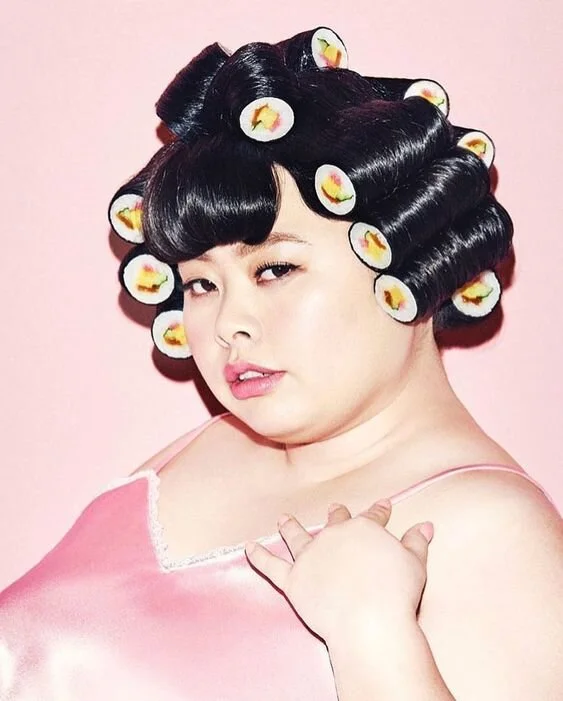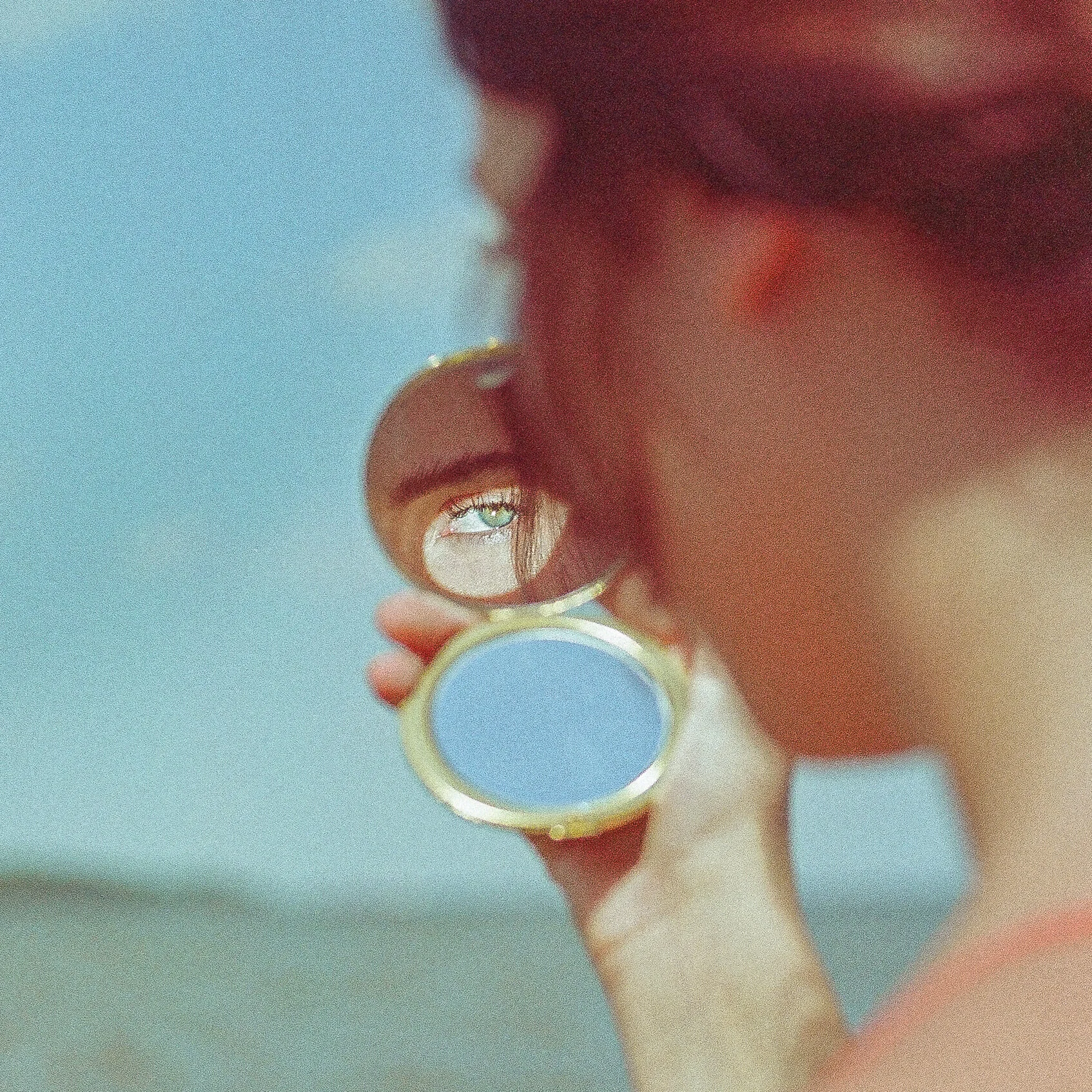Intersectionality Is the Way Forward in Solving Our Climate Crisis
There are plenty of things to be worried about right now — from Coronavirus to our economy to systemic racism and police brutality. While many of our elected officials in Washington aren’t showing much promise in responding to these gargantuan problems on a national level, I appreciate that at least the majority of Americans fully comprehend the disparity and hardship associated with COVID-19, its disastrous economic effects, and racist institutions which greatly influence our society to this day.
But with all these calamities breaking down our metaphorical door (for lack of a better analogy), you might be forgetting about one crisis in particular: the climate crisis.
I, for one, am guilty of forgetting. With my own fledgling attention span (completely tuckered out by our 24/7 news cycle), I feel as though there are only three to four topics I can keep track of at a time. And in a world of “new normals,” where we must think twice about simple things like grocery shopping or visiting family due to the imminent threat of a novel virus, I find myself experiencing even more mental exhaustion.
But then I saw a CNN article buried underneath a mountain of other news bites about an arctic heatwave, and all of the sudden my mind snapped back to all the environmental issues that occupied my mind before the anxiety of this year really hit.
The climate crisis is a different kind of beast. It’s a lot more sinister than you may think. We are fully aware of the money we don’t have to pay next month’s rent and the staggering increase in positive COVID-19 cases across the nation. We can see these effects — the data, the stories, the faces of the people who are struggling. But when it comes to talking about climate, we are the equivalent of a pot of frogs slowly but surely being brought to boil, where we aren’t aware of the true endgame until it’s already too late.
Now you may wonder why we should divert any attention to the climate crisis when we already have far too many fires to put out. After all, there is both a virus and a police force that will undoubtedly kill more Americans before the year is out. But our crises do not live in a vacuum. Like so many issues plaguing us today, the climate crisis doesn’t just stop at our front door. It’s an issue that impacts everyone, and in many cases, communities of color are bearing the brunt of these negative effects.
What has become increasingly clear is that environmental disparities can prove deadly. Not at some uncertain future date like 2030 or 2050, but right now.
According to the The Hill, researchers at Harvard University recently found that just the slightest rise in air pollution exposure could result in a 15 percent increase in the COVID-19 death rate. Living in a community near a fossil fuel plant or other sort of toxic facility can consequently mean the difference between life or death when fighting the Coronavirus, and communities of color throughout the United States are generally located closer to these air pollution epicenters. The effects of such environmental injustice is clear. In the state of Michigan alone, where the overall population is 12 percent black, that same demographic makes up 40 percent of COVID-19 deaths. While other factors such as ‘essential worker’ status and access to healthcare are also likely culprits, the quality of their environment plays a significant role.
Regardless of how much you may or may not know about the climate crisis and related advocacy efforts, you have probably at least heard of The Green New Deal, a congressional resolution introduced in early 2019 by Representative Alexandria Ocasio-Cortez and Senator Ed Markey. This set of policy goals was designed to combat the countless environmental challenges affecting our world with an unprecedented framework that takes race and inequality into account.
With governmental efforts of the past, namely The New Deal legislation of the 20th Century, folks who belonged to racial minorities were usually left behind. But the goals outlined in The Green New Deal focus on developing jobs in the clean energy sector with emphasis on those living in poor, minority communities, achieving net-zero carbon emissions by 2050, and ensuring clean air and water along with quality healthcare for every American. The resolution acknowledges how environmental injustice has significant impacts on the health and wellness of countless Americans, and that progressive solutions to climate change can also work to improve income inequality and racial disparities throughout our country.
There are plenty of people, including those like John Kasich, former Governor of Ohio, who oppose the Green New Deal and claim that the science isn’t there yet and that we aren’t completely sure what the be all end all on the environmental front is. But these claims are false. There is overwhelming scientific consensus that our situation is dire — that we only have ten to thirty years to make significant reductions to our carbon emissions before the damage is deemed irreversible. And we continue to spiral. When it comes to the health of our environment, I am not convinced by a former Governor who applauds basic ideas like clean air and water, but then swivels around to support fracking interests. I’d prefer to listen to the climate scientists.
At the heart of all of this is the fundamental truth that your economic standing should in no way determine whether there is lead in the water you drink or contaminants in the air you breathe — now leading to various respiratory complications. It also shouldn’t be the deciding factor in whether you are able to survive COVID-19.
At a time like this, there are so many things to think about, to learn about, to explore and consider. But remember (especially when voting this November) that the climate crisis isn’t going away. It’s only getting worse, and we can’t forget it.
About the Author
Arielle Ostry (she/her) is a writer, dancer, and nature-lover originally from Green Brook, NJ. Entering her final year at The George Washington University, she studies journalism & mass communication and dance, exploring how her various passions can intersect. She started writing about dance at the start of her college experience, and has since written reviews and artist features for various DC publications. She now enjoys obsessing over and writing about health and wellness, pop culture and its impact, and art (in all its many forms). In her spare time, Arielle enjoys fresh air, experimenting with her ever-evolving coffee order, and binge-listening to true crime podcasts. For more work by Arielle, check out her online portfolio.


